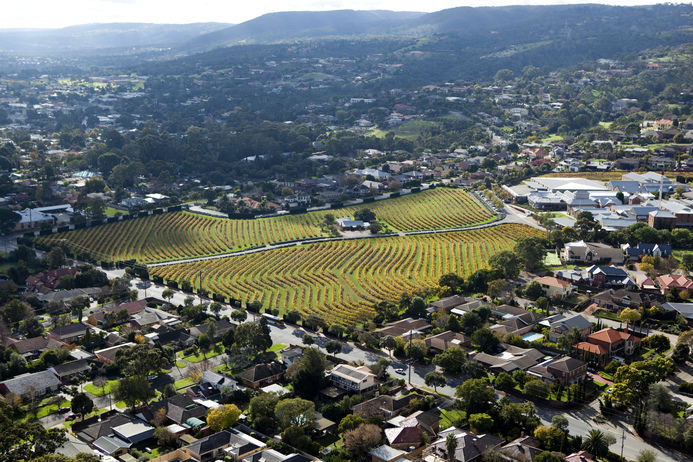5 What can we expect?
If current trends continue, South Australia’s population and economy will continue to grow, waste generation and traffic congestion will increase (despite an increase in the use of public transport), and urban design will change to reflect the need for more efficient use of energy and natural resources, and to adapt to a changing climate, while providing appropriate protection of heritage places.
The most recent revision of the state’s population projections (DPLG 2010b) and release of the 2011 rebased ERP figures suggest that population growth may be more restrained than suggested in earlier projections. However, planning for population growth and population ageing is essential to ensure that there is sufficient housing, infrastructure and services to support the changes. Implementation of the Planning Strategy for South Australia, alongside a range of other government initiatives, will play an important role in guiding the state’s progress towards sustainable development.
Planning in South Australia must also position the state to be able to cope with possible future events such as accelerated global warming and associated sea level rises (which may be more rapid than predicted), arrival of climate refugees from island nations in the Pacific, increased coastal erosion, a higher frequency of more extreme weather events such as prolonged droughts and extreme high temperature days, and a possible serious decrease in future economic growth rates. Australia and South Australia may also consider increasing mining of uranium resources to meet demand from developing countries that aim to reduce emissions associated with generating electricity. In the face of challenging future events such as these, it is essential that South Australians design maximum resilience and flexibility into our built environments, and protect and enhance our natural ecosystems and biodiversity.
The Australia state of the environment 2011 report considers the prospect of a changing climate as the major environmental challenge that we will have to face in the near future, followed by the risks posed by the impacts of population and economic growth. Although more people and more economic activity may well result in more resource use, ‘the actual impact on the environment depends on where and how the growth occurs, and how we live our lives’ (State of the Environment 2011 Committee 2011). The National Urban Policy (DIT 2011) emphasises that only by being mindful of the impacts of future development of Australian cities and regions on the physical environment will we be able to deliver the greatest net benefits of future growth to the community—a priority reflected in the policy interventions detailed in this chapter.

Magill Estate, Adelaide
Department of Planning, Transport and Infrastructure